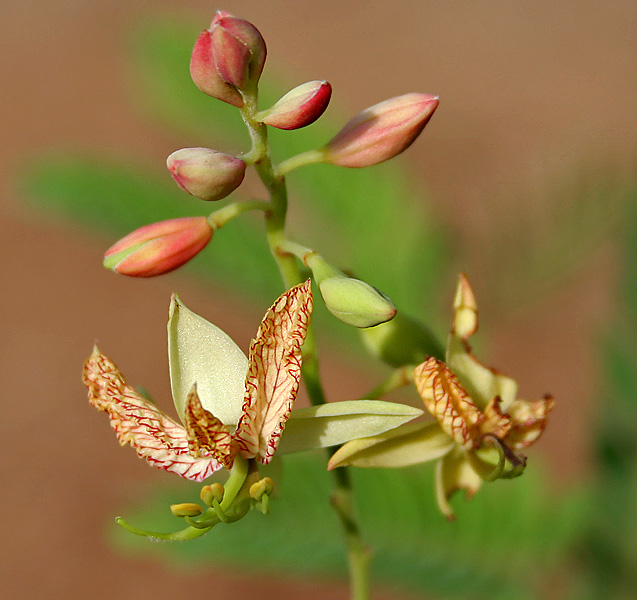|
Gabonius
''Gabonius'' is a genus of flowering plants belonging to the family Fabaceae. The only species is ''Gabonius ngouniensis''. Its native range is Western Central Tropical Africa Although tropical Africa is mostly familiar to the West for its rainforests, this biogeographic realm of Africa is far more diverse. While the tropics are thought of as regions with hot moist climates, which are caused by latitude and the tropi .... References {{Taxonbar, from1=Q21228403, from2=Q42742942 Detarioideae Monotypic Fabaceae genera ... [...More Info...] [...Related Items...] OR: [Wikipedia] [Google] [Baidu] |
Detarioideae
The subfamily Detarioideae is one of the subdivisions of the plant family Fabaceae (legumes). This subfamily includes many tropical trees, some of which are used for timber or have ecological importance. The subfamily consists of 84 genera, most of which are native to Africa and Asia. Pride of Burma (''Amherstia nobilis'') and tamarind (''Tamarindus indica'') are two of the most notable species in Detarioideae. It has the following clade-based definition: The most inclusive crown clade containing '' Goniorrhachis marginata'' Taub. and '' Aphanocalyx cynometroides'' Oliv., but not ''Cercis canadensis'' L., '' Duparquetia orchidacea'' Baill., or '' Bobgunnia fistuloides'' (Harms) J. H. Kirkbr. & Wiersema. Taxonomy Detarioideae comprises the following tribes and genera: Schotieae * ''Schotia'' Jacq. Barnebydendreae * '' Barnebydendron'' J.H.Kirkbr. * '' Goniorrhachis'' Taub. Detarieae * '' Augouardia'' Pellegr. * '' Baikiaea'' Benth. * '' Brandzeia'' Baill. * '' Colophospermu ... [...More Info...] [...Related Items...] OR: [Wikipedia] [Google] [Baidu] |
Flowering Plant
Flowering plants are plants that bear flowers and fruits, and form the clade Angiospermae (), commonly called angiosperms. The term "angiosperm" is derived from the Greek words ('container, vessel') and ('seed'), and refers to those plants that produce their seeds enclosed within a fruit. They are by far the most diverse group of land plants with 64 orders, 416 families, approximately 13,000 known genera and 300,000 known species. Angiosperms were formerly called Magnoliophyta (). Like gymnosperms, angiosperms are seed-producing plants. They are distinguished from gymnosperms by characteristics including flowers, endosperm within their seeds, and the production of fruits that contain the seeds. The ancestors of flowering plants diverged from the common ancestor of all living gymnosperms before the end of the Carboniferous, over 300 million years ago. The closest fossil relatives of flowering plants are uncertain and contentious. The earliest angiosperm fossils ar ... [...More Info...] [...Related Items...] OR: [Wikipedia] [Google] [Baidu] |
Fabaceae
The Fabaceae or Leguminosae,International Code of Nomenclature for algae, fungi, and plants. Article 18.5 states: "The following names, of long usage, are treated as validly published: ....Leguminosae (nom. alt.: Fabaceae; type: Faba Mill. Vicia L.; ... When the Papilionaceae are regarded as a family distinct from the remainder of the Leguminosae, the name Papilionaceae is conserved against Leguminosae." English pronunciations are as follows: , and . commonly known as the legume, pea, or bean family, are a large and agriculturally important of |
Tropical Africa
Although tropical Africa is mostly familiar to the West for its rainforests, this biogeographic realm of Africa is far more diverse. While the tropics are thought of as regions with hot moist climates, which are caused by latitude and the tropical rain belt, the geology of areas, particularly mountain chains, and geographical relation to continental and regional scale winds impact the overall areas , also, making the tropics run from arid to humid in West Africa. The area is currently experiencing the negative effects of rapid human population growth.Zinkina J., Korotayev A.br>Explosive Population Growth in Tropical Africa: Crucial Omission in Development Forecasts (Emerging Risks and Way Out). ''World Futures'' 70/2 (2014): 120–139 Overview Tropical rainforests are moist forests of semi-deciduous plants distributed across nine West African countries. Institute for Sea Research conducted a temperature record dating back 700,000 years. Several conservation and development dem ... [...More Info...] [...Related Items...] OR: [Wikipedia] [Google] [Baidu] |


